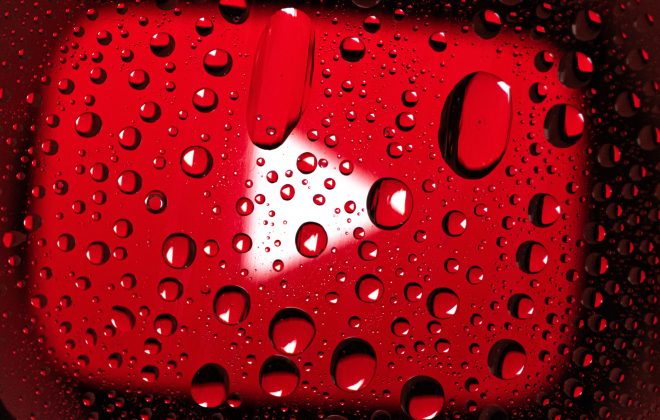Design Fundamentals: How To Write Good Headlines
Photo by Startup Stock Photos from Pexels
David Ogilvy once said, “On the average, five times as many people read the headline as read the body copy. When you have written your headline, you have spent eighty cents out of your dollar.”
It’s certainly true that headlines are important. But the question is: How do you write a good one?
In today’s post we’re going to share a few simple techniques for making your headlines more effective and impactful. We hope you’ll find them useful.
Make use of trigger words
What, why, and how are all examples of trigger words, so-called because they trigger a response in the reader.
When we hear trigger words, our curiosity is naturally engaged. Take the title of this post as an example. How To Write Good Headlines. The use of the word how implies that a solution is being offered.
Solutions are valuable, and all good content should be of value to its readers.
In short, trigger words make a promise to the reader: Read this and learn something valuable.
Keep things simple and clear
Wordplay and puns always seem like a surefire way to grab attention. But catchy and clever headlines won’t always work in our favour.
When sifting through the daily deluge of digital content, most people just want clarity and simplicity. So when it’s unclear exactly what a headline means, or what it’s trying to offer, then many will simply move past it.
With this in mind, sometimes it’s best to stick with a “does what it says on the tin” approach. Let your headline say what it needs to say, and nothing more.
Always keep in mind how much content you’re competing with at any given moment. There’s a lot out there, and that means there’s a lot to choose from. This can be overwhelming, and as consumers of content we all know only too well how confusing it can be when a simple Google search returns thousands of results.
So do your readers a favour, and keep things simple!
Incorporate numbers
Numbers can work brilliantly in headlines. If your content is list-focussed, or offers a specific number of steps for achieving a certain outcome, then numbers can be very useful.
Headlines starting with “5 Tips On…” or “The 10 Best…” are great because they immediately offer something tangible. When a reader clicks through to the content, they already know how much information they’re going to receive.
This is a great way to keep your headlines simple and direct. But be careful not to overuse it, especially on blog feeds, as it risks making your content appear one-dimensional.
Use recurring themes
A nice trick for enticing repeat readers, especially when it comes to blogs and articles, is to set up an ongoing series. By creating a series of posts around a single theme, you can encourage readers to keep coming back through prompts in your headlines.
We’ve done it here. You’re currently reading an post from our “Design Fundamentals” series, which we come back to from time to time.
The advantage of this approach is that older readers will already know what to expect. You’ve hooked them before with similar content. So each time you add to that series, you’re reinforcing a body of work which becomes stronger with each addition.
This creates a kind of symbiotic relationship between the headline and the content. The headline brings readers in, the content makes them stay, and the memory of that experience will bring them back a second, third, and fourth time as you keep revisiting that theme.
Be sincere
If you run a blog, you need to consider the legacy and integrity of your content. Being sincere in what you offer will, therefore, establish you as a source of reliable and quality information.
In other words, if all your posts and articles deliver on what their headlines promise, you’ll become known as a provider of good content. The opposite is also true.
So the secret behind this technique is to simply be honest. Don’t lure people in with a flashy headline and then disappoint them with half-hearted content.
Try to be sincere in what you offer, and aim for quality of content over quantity of clicks.
Find a hook
Another key component of successful headlines is a hook. Similar to trigger words and numbers, the hook is what encourages people to invest their time and energy into your content. It’s the promise of what’s to come.
The important idea here is to avoid being vague. A hook needs to promise answers, information, and value.
The best way to find your hook is to ask yourself the simple question: who is this content for and why?
If you know who you’re writing for, and why you’re writing for them, then the hook will reveal itself.
Check the grammar
An obvious but essential step in writing good headlines is to always proofread and grammar-check. It’s easy to assume that, because headlines tend to be short, we’re not going to make any mistakes. But as long as we’re human, mistakes can always occur.
So always double- and triple-check your headlines. And then ask someone else to double- and triple-check them too. It’s worth doing, because no one’s going to read an article with a misspelled headline…
Design Fundamentals
For more from our Design Fundamentals series, why not take a look at some of our previous posts on the art of creating business cards, designing effective signs, and understanding typography.




